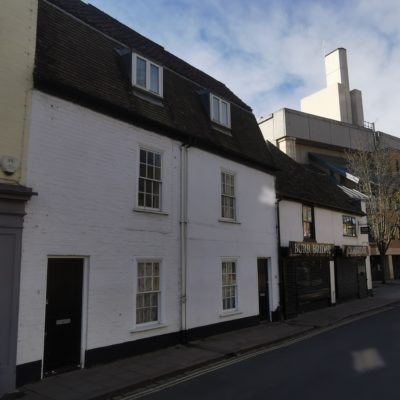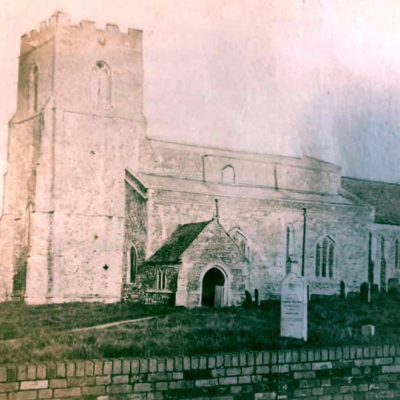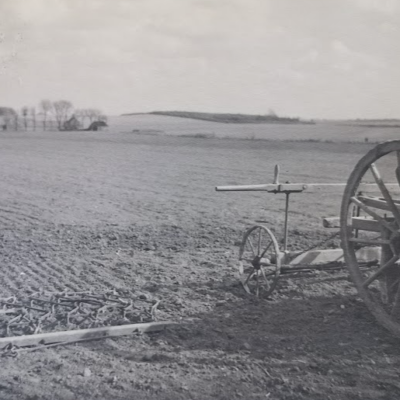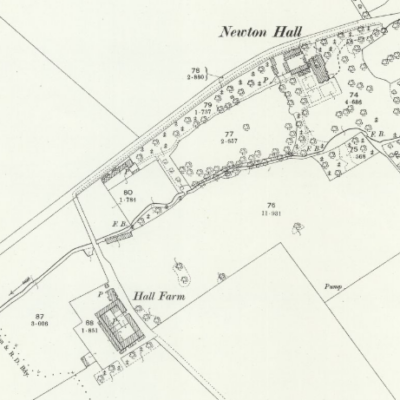Search by topic
- archaeology
- architecture
- bricklayer
- Building of Local Interest
- carpenter
- church
- crime
- dressmaker
- fire
- Great Eastern Railway
- listed building
- medieval
- oral history
- Public House
- Rattee & Kett
- Religious House
- Roman
- scholar
- school
- Then and Now
- tudor
- women
- work
- world war one
- world war two
Search by text
St Margaret, Newton
History of Mausoleum
Parish church substantially of C13 with C14 additions and alterations. C15 west tower. Externally much restored in C19. … War memorial of copper, made by members of Newton Metalwork School founded by Hurrell family in C19. Wall monuments mostly to members of Pemberton family and all of C19.
Mausoleum: 1922 built for Sir Charles Walston of Newton Hall by Ambrose Paynter. Limestone ashlar, with conical slate roof.
Newton church was consecrated in 1346 though a chapel must have predated this. The vicar was Wymond de Ellesworth.
13th cent: the short nave is the oldest part of the church to which chapels were added.In the south chapel there is a piscina and a lancet window.
14th cent: lower part of tower built. 14th century evidence in chancel windows. Nave north wall opened and octagonal pier constructed.
15th cent: west doorway made and nave heightened by a clerestory.
17th cent: on William Dowsing’s orders in Newton on March 13th 1644 “we brake sown twentytwo superstitious pictures and a crucifix and gave order to Robert Swain to level the steps.”
In the 1980s the bells were no longer in use. It was noted in “The Church of St Margaret Newton by Jessie Hall, 1982, that the timber frame was in a poor state and two of the three bells were cracked. The inscriptions on the bells are:
Sum Rosa Pulsata Mundi Katerina Vocata
Asten Bracker mad me
Ricardus Bowler me fecit 1603.
Contribute
Do you have any information about the people or places in this article? If so, then please let us know using the Contact page or by emailing capturingcambridge@
License
This work is licensed under CC BY-NC-SA 4.0












